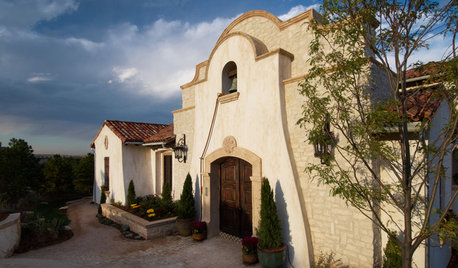Rooting question - Umbrella plant
kate_gardengirl
14 years ago
Featured Answer
Comments (12)
tapla (mid-Michigan, USDA z5b-6a)
14 years agokate_gardengirl
14 years agoRelated Professionals
Middle Island Landscape Architects & Landscape Designers · Bethlehem Landscape Contractors · Mooresville Landscape Contractors · Westwood Landscape Contractors · Bellefontaine Neighbors Landscape Contractors · Cincinnati Landscape Contractors · Davidson Landscape Contractors · Desert Hot Springs Landscape Contractors · Dixon Landscape Contractors · Doctor Phillips Landscape Contractors · Mastic Beach Landscape Contractors · Ridgewood Landscape Contractors · San Benito Landscape Contractors · Queens Interior Designers & Decorators · Van Wert Interior Designers & DecoratorsMarsha Moody
7 years agotapla (mid-Michigan, USDA z5b-6a)
7 years agoMarsha Moody
7 years agotapla (mid-Michigan, USDA z5b-6a)
7 years agolast modified: 7 years agoMarsha Moody
7 years agolast modified: 7 years agotapla (mid-Michigan, USDA z5b-6a)
7 years agoMarsha Moody
7 years agoLisa Dew
6 years agoMarsha Moody
6 years ago
Related Stories

GARDENING GUIDESNo-Regret Plants: 5 Questions Smart Shoppers Ask
Quit wasting money and time at the garden center. This checklist will ensure that the plants you're eyeing will stick around in your yard
Full Story
ARCHITECTURERoots of Style: Where Did Your House Get Its Look?
Explore the role of architectural fashions in current designs through 5 home styles that bridge past and present
Full Story
ARCHITECTURERoots of Style: Spanish Eclectic Homes Find a Place in the Sun
Flexible stucco, intricate tiles and more have kept this multicultural style going strong for a century
Full Story
MODERN ARCHITECTUREVisit a California Hillside House Rooted in Nature
Walls of windows open to stunning mountain and bay views on one side and a serene pool courtyard on the other
Full Story
Rooting for Indoor Trees
Houseplants tend to get all the glory indoors, but trees deserve their place in the sun — and in your living room, your entryway, your ...
Full Story
ARCHITECTURERoots of Style: Mission
Spanish colonial missions inspired a style of architecture still popular in the United States
Full Story
ROOTS OF STYLERoots of Style: The Indelible Charm of American Tudors
Rich details and an intimate scale give this English-inspired architectural style memorable character and flexibilty
Full Story
HOUZZ TOURSMy Houzz: A Northwest Home Honors Its Midcentury Roots
A couple embrace Scandinavian modern to preserve the integrity of their home, built by midcentury architect Kenneth Brooks
Full Story
TRADITIONAL ARCHITECTURERoots of Style: Pueblo Revival Architecture Welcomes Modern Life
Centuries-old details of adobe construction still appeal in the desert Southwest, adapted to today's tastes
Full Story
FEEL-GOOD HOMEThe Question That Can Make You Love Your Home More
Change your relationship with your house for the better by focusing on the answer to something designers often ask
Full Story








goldstar135